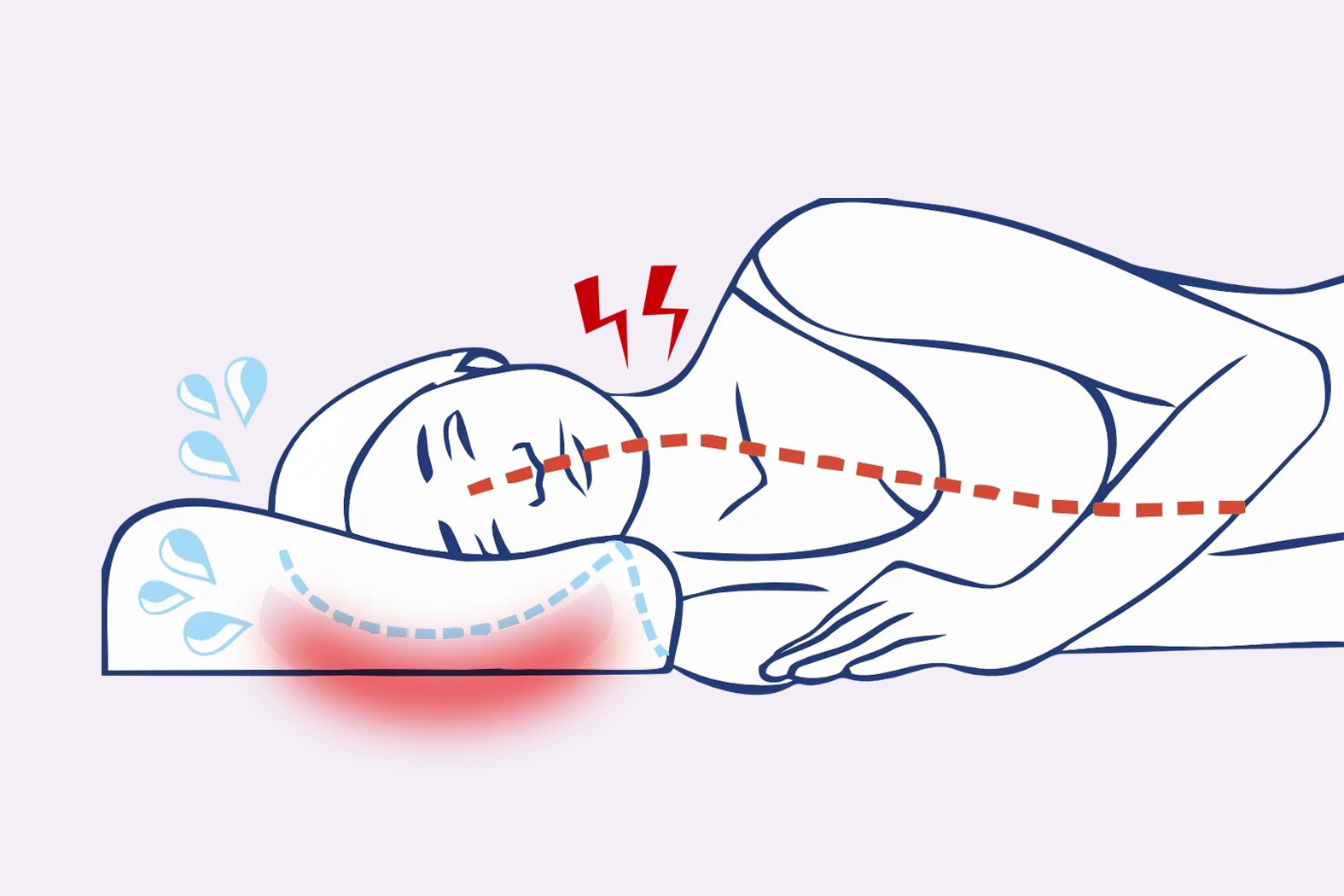To provide services at the highest level, we use cookies. Using the website requires you to choose settings related to their storage on your device. If you want to know what each type of cookie is used for, click the Details button below.
Why can a memory foam pillow be harmful?15 października 2023 |
 |
A memory foam pillow, also known as a memory foam pillow, is a product made from viscoelastic polyurethane foam that adapts to the body's shape in response to temperature and pressure. This allows for contouring support to the head and neck during sleep, although it also has several significant drawbacks.
A high resilience pillow is a modern and innovative solution that is rarely found on the Polish market. Created from high-resilience foams, orthopedic pillows are based on foams with open cells that maintain their shape and elasticity for a very long time. They provide continuous support for the head and spine and better air circulation.
To avoid sweating on a pillow, it is worth paying attention to the pillow's interior and its construction. It is advisable to look for pillows with open-cell foams, primarily high resilience pillows, which provide the best air circulation and help minimize sweating during sleep. Pillows with memory foam should be avoided as they can increase perspiration.
The healthiest pillow is one that provides proper support for the head and spine, maintains the correct body posture during sleep, and minimizes the risk of health problems such as back pain or muscle tension. It should also alleviate difficulties related to sweating on the head or neck. Therefore, when choosing a pillow, it is worth considering individual needs and preferences, as well as paying attention to its interior. Currently, high resilience pillows are the healthiest option.
The best foam pillow is made of high-resilience foams that can adapt to individual preferences and needs. Pillows made from modern high-resilience foam with open cells are gaining popularity due to their ability to maintain shape, support, and sleep comfort for a long time. This is currently the best solution for many people looking for a comfortable and healthy foam pillow.